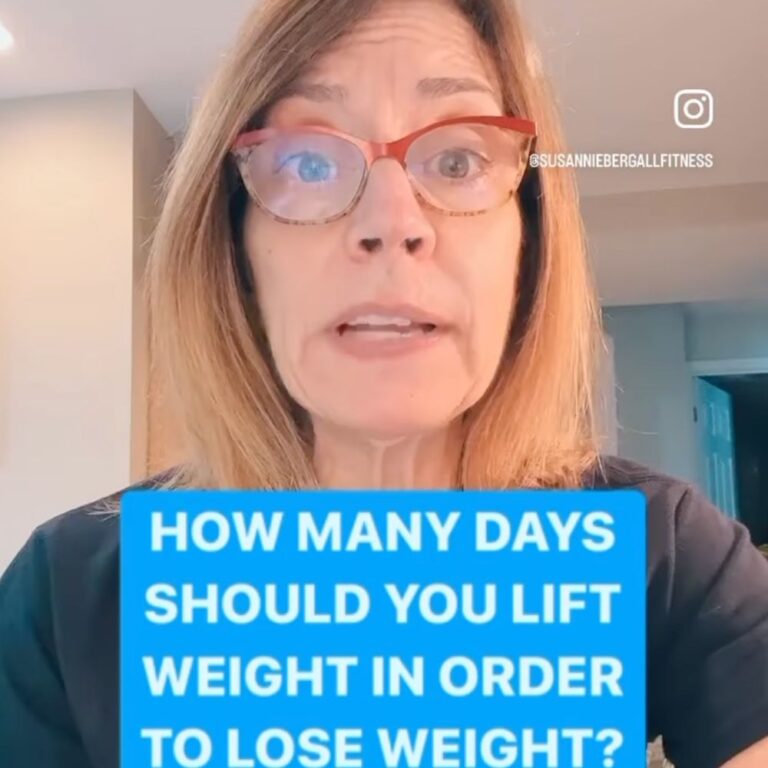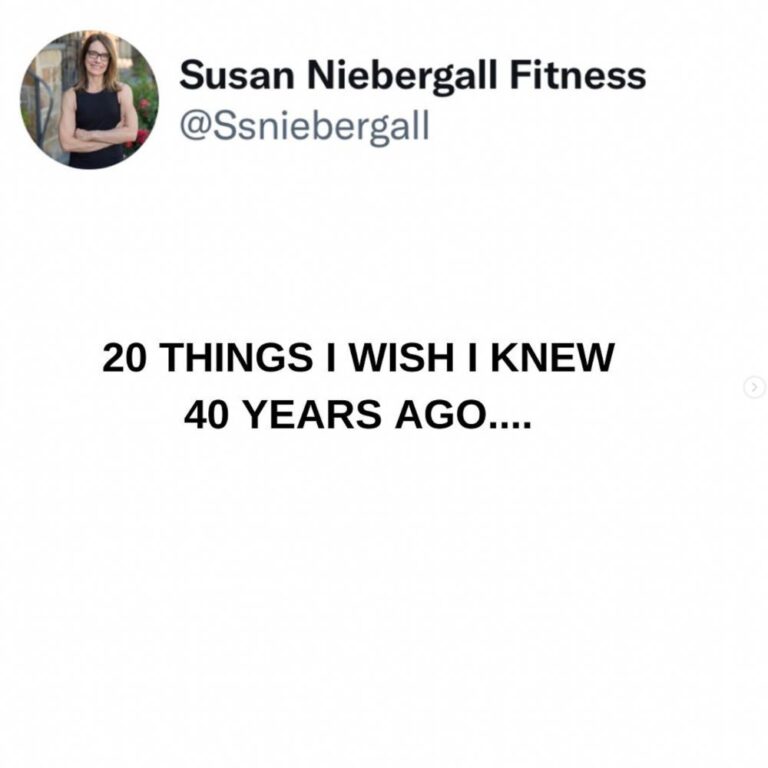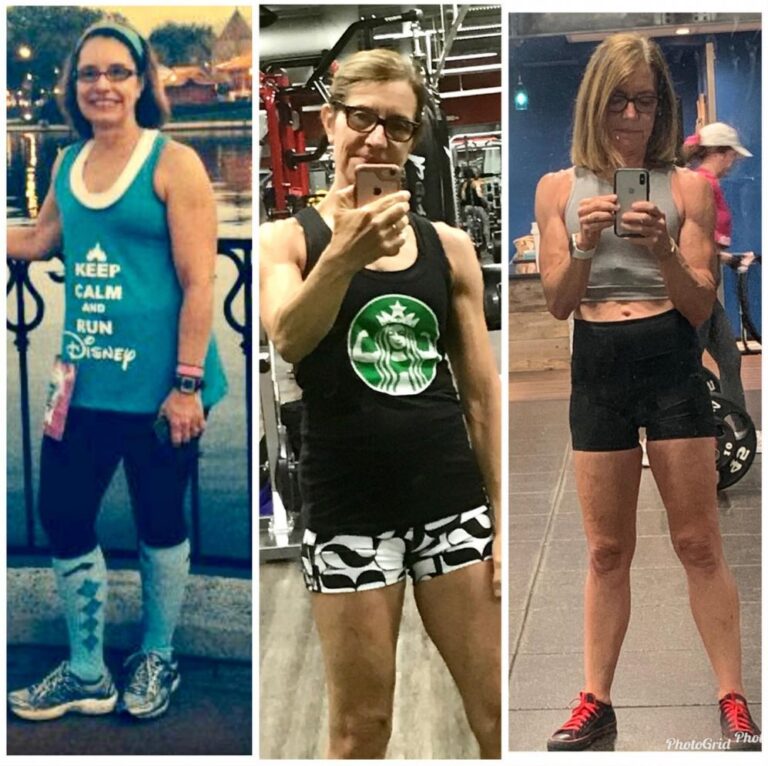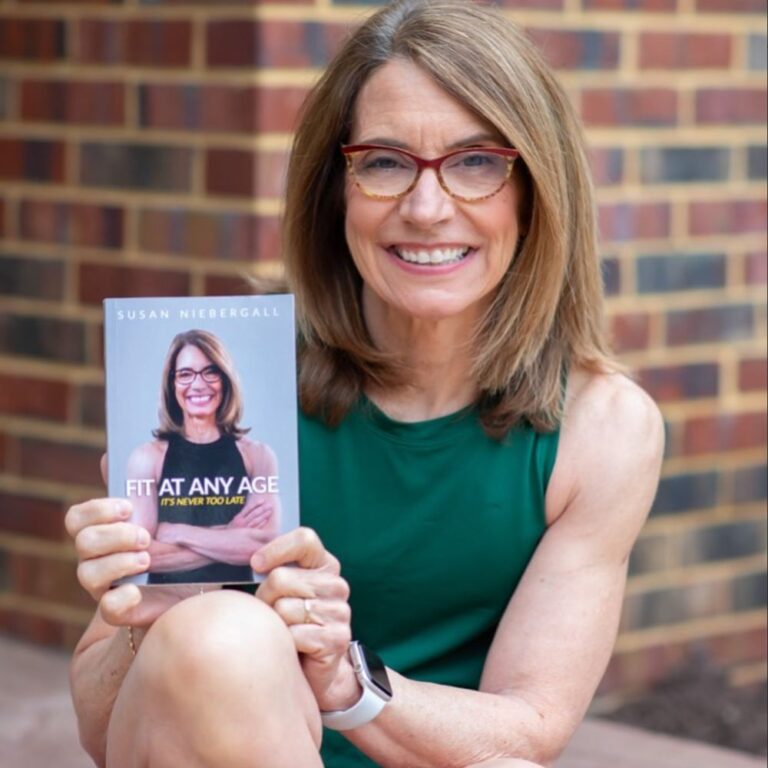I just finished a 4 week Intermittent Fasting/Rapid Fat Loss program through my coach. Not only had I never done anything like this before in my whole life, I wasn’t sure what IF stood for!
Before I get into my journey, let me just put this out – my goal here is to tell you about my journey with IF, how it worked, and what I learned along the way.
Intermittent Fasting
What the hell is that?
Well, as I learned, IF is having specific windows of time where you can eat, and specific windows of time where you don’t eat. As was quickly pointed out to me, this doesn’t mean you can go on a 10 hour eating binge during your “eating window” and eat whatever and however much I wanted.
I was given specific calorie and protein goals that I was to meet for each day.
In simple terms, the explanation of what IF is: the body uses recently digested food for energy, and during your fasted state, there is no recently digested food to use, so your body is more likely to use fat stored in your body as its energy source, therefore potentially burning more fat. Who doesn’t like that?
The Rapid Fat Loss part of this was 2 weeks of alternating one super low calorie day with 2 days of increased calories (just low calorie as opposed to super low is how I differentiated this in my head).
The next obvious question is why. Why did I do this? I didn’t really have any weight loss/fat loss goals, so why would I even do this? After talking to my coach and learning more about this, I wanted to try this for 2 main reasons:
- To go through this process to see what it was like in hopes that I could better help others if they wanted to go through the process or a similar process
2. I wanted to see if I could “lean up” some more – get “cut”. In other words, I wanted to see what this could do to my body from an aesthetic point of view.
My Program In a nutshell:
- 4 Weeks – Alternating one Rapid Fat Loss week with an Intermittent Fasting Week
- Daily calorie and protein goals that would fluctuate
- During the IF week – eating window was between 10am-8pm
- Tracked Calories and protein every day – did not track carbs, fat
Here are the 5 things I learned about IF:
1, It’s not for Everyone
Make no mistake, this was hard – really hard. Between doing the math for calories and protein, being hungry on the low calorie days, and then trying to eat enough calories and protein on higher calorie days, this was not easy. Mindset is everything for this – I mean everything. You need to buy in 100%.
You will be hungry. I did not like being hungry, but guess what? I survived. I didn’t die. It’s ok to be hungry. Just think of it as your body at work.
2. You need to be organized
Or, at least I needed to be organized. When I made up my mind to do this, I decided to make a list of my protein “go-to’s” with the calories for each and the protein content for each. I also made a list of other foods I would incorporate and the calorie/protein content of those.
I kept my menu items pretty basic – didn’t want to have to think too much about what to eat. Not a lot of variety, but that worked for me. Kept it simple.
I historically have not been a “tracker” – I hated the thought of tracking calories and protein, and would get overwhelmed by that thought, but reluctantly, decided if this was going to work for me, I HAD to track.
I tracked everything in a master spreadsheet each day. This was huge, and nothing short of a miracle, as I am not a “spreadsheet girl” by any means, but it helped me see each day as it was unfolding, and I was able to quickly see my calorie and protein counts as I was progressing.
As a result of my planning and tracking efforts, I was able to enjoy a Happy Hour almost every week. I just planned ahead and built it in as a part of my daily calories.
Tracking wasn’t as hard as I had told myself it was going to be. It worked and helped me meet my calorie/protein goals every day.
3. Black coffee is not all THAT bad
I have never been a black coffee drinker. I like a splash of milk and even a bit of sweetener.
My Mom (who is the Black Coffee QUEEN) once told me that if you don’t drink your coffee black, you aren’t a “True” coffee drinker.
Well, Mom, I have joined the ranks.
On fasting days when I couldn’t eat before 10 am and I was up at 6 am, the only thing I could do is drink no calorie drinks until my eating window opened up. I needed my coffee, so a relationship was started.
I was actually pleasantly surprised. I think it depends on the type of coffee you get, but it worked for me!
4. Protein is King
Keeping up with protein intake is what makes this whole thing work. I wanted to continue to get stronger, and gain lean muscle throughout this process, and making sure I was getting enough protein was the only way it was going to happen. 130 grams of protein minimum (1g per pound of my body weight) seemed like a ton, and I thought that was going to be difficult.
The list of protein dense go-to foods came in handy and helped me plan out what I was going to eat to get to that 130g minimum goal. Most days I surpassed that goal by a good amount – only on one day did I not meet my protein goal, and that was when I was traveling.
Here is the basic list of foods that I used:
|
Protein Go-To’s |
Other Foods |
| Eggs – cooked, hardboiled | Spinach |
| Chicken | Cucmber |
| Turkey | watermelon |
| Greek Yogurt | strawberries |
| Cottage Cheese | Broccoli |
| Protein Shake | Brussel Sprouts |
| Quest Bar | Oatmeal |
| Steak | sweet potato |
Some other protein foods were added in along the way, but those in the chart were primarily what I built menus off of. Not a lot of variety for sure, but I purposefully kept this simple.
The difference in how my body looks today I attribute to my consistent protein intake. The protein also helped ward off hunger on the lower calorie days.
5. Energy Levels Change – Affected Everything
My energy level was crazy high throughout, and I have been a ton more productive as a result
To me, having increased energy seemed counterintuitive. The less “fuel” on board I had, the less energy I should have is how I thought about it.
But the reality was that my body was using less energy to digest and metabolize foods (fasted state) so more energy for me!
My strength kept climbing as well. I had one of the best months of strength training that I have ever had. And that is even with recovering from a bought of tendonitis in my elbow.
I have slept much better this month, which was huge. I also didn’t experience ANY afternoon “crashes” where my energy level would tank.
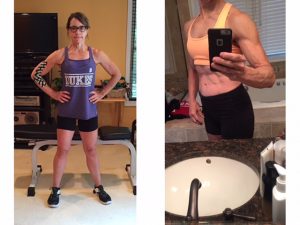 My body has changed – a lot. I have lost weight – have no idea how much – didn’t go into this concerned about weight so didn’t weigh myself before – wish I had. My guess is I have lost 8-10 pounds.
My body has changed – a lot. I have lost weight – have no idea how much – didn’t go into this concerned about weight so didn’t weigh myself before – wish I had. My guess is I have lost 8-10 pounds.
I didn’t have an “official” before picture, but the picture on the left was taken just before I started, and the picture on the right was taken on my last day of IF. They aren’t the same pose, but you can definitely see differences. I know you can’t see the abs on the left, but trust me, they weren’t there like they are on the right – not even close.
I have also lost fat – I can tell by using the good old “scientific method” of how clothes fit and how I feel (the BEST method in my opinion)- Clothes fit GREAT and I feel GREAT. Doesn’t get any better than that!
My Takeaways:
- I CAN manipulate my nutrition and see the results!! Being able to do this is so EMPOWERING. Especially for someone who is 56 years old. It tells me that its not too late to change what you don’t like about how you look or how you feel.
- I need to keep better track of my protein intake while in maintenance mode. I was falling terribly short, and meeting my protein goals every day has made such a huge difference.
- You don’t have to just accept that “this is the way it is” with regards to how you look or feel. Put in the work, and you can do anything!!
Mindset is EVERYTHING. This was hard – really hard at times, and without 100% buy-in and determination, I wouldn’t have made it.
And finally, even though it was not easy, and it took some organization and planning, IF was a great experience and worked well for me. It may be the perfect nutrition tool for you, or it may not be the right tool for you. If you do try IF, drop me an email and let me know how it goes!
Here’s to you and your continued strength!

